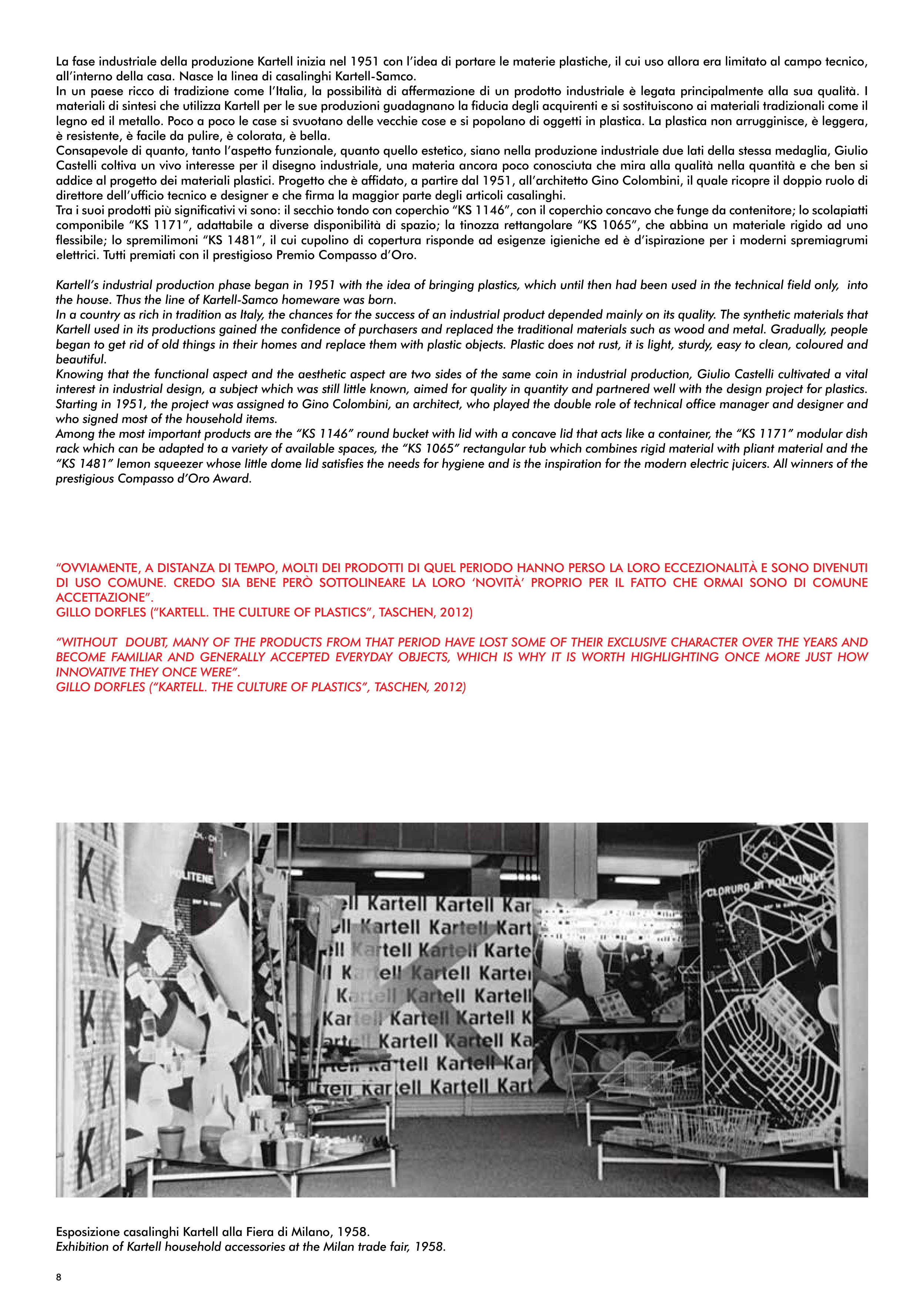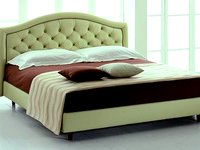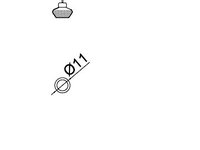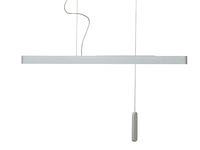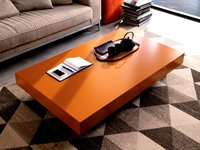8
la fase industriale della produzione Kartell inizia nel 1951 con l’idea di portare le materie plastiche, il cui uso allora era limitato al campo tecnico,
all’interno della casa. nasce la linea di casalinghi Kartell-samco.
In un paese ricco di tradizione come l’Italia, la possibilità di affermazione di un prodotto industriale è legata principalmente alla sua qualità. I
materiali di sintesi che utilizza Kartell per le sue produzioni guadagnano la fiducia degli acquirenti e si sostituiscono ai materiali tradizionali come il
legno ed il metallo. poco a poco le case si svuotano delle vecchie cose e si popolano di oggetti in plastica. la plastica non arrugginisce, è leggera,
è resistente, è facile da pulire, è colorata, è bella.
consapevole di quanto, tanto l’aspetto funzionale, quanto quello estetico, siano nella produzione industriale due lati della stessa medaglia, giulio
castelli coltiva un vivo interesse per il disegno industriale, una materia ancora poco conosciuta che mira alla qualità nella quantità e che ben si
addice al progetto dei materiali plastici. progetto che è affidato, a partire dal 1951, all’architetto gino colombini, il quale ricopre il doppio ruolo di
direttore dell’ufficio tecnico e designer e che firma la maggior parte degli articoli casalinghi.
tra i suoi prodotti più significativi vi sono: il secchio tondo con coperchio “Ks 1146”, con il coperchio concavo che funge da contenitore; lo scolapiatti
componibile “Ks 1171”, adattabile a diverse disponibilità di spazio; la tinozza rettangolare “Ks 1065”, che abbina un materiale rigido ad uno
flessibile; lo spremilimoni “Ks 1481”, il cui cupolino di copertura risponde ad esigenze igieniche ed è d’ispirazione per i moderni spremiagrumi
elettrici. tutti premiati con il prestigioso premio compasso d’oro.
Kartell’s industrial production phase began in 1951 with the idea of bringing plastics, which until then had been used in the technical field only, into
the house. thus the line of Kartell-samco homeware was born.
in a country as rich in tradition as italy, the chances for the success of an industrial product depended mainly on its quality. the synthetic materials that
Kartell used in its productions gained the confidence of purchasers and replaced the traditional materials such as wood and metal. gradually, people
began to get rid of old things in their homes and replace them with plastic objects. plastic does not rust, it is light, sturdy, easy to clean, coloured and
beautiful.
Knowing that the functional aspect and the aesthetic aspect are two sides of the same coin in industrial production, giulio castelli cultivated a vital
interest in industrial design, a subject which was still little known, aimed for quality in quantity and partnered well with the design project for plastics.
starting in 1951, the project was assigned to gino colombini, an architect, who played the double role of technical office manager and designer and
who signed most of the household items.
among the most important products are the “Ks 1146” round bucket with lid with a concave lid that acts like a container, the “Ks 1171” modular dish
rack which can be adapted to a variety of available spaces, the “Ks 1065” rectangular tub which combines rigid material with pliant material and the
“Ks 1481” lemon squeezer whose little dome lid satisfies the needs for hygiene and is the inspiration for the modern electric juicers. all winners of the
prestigious compasso d’oro award.
“ovvIamente, a dIstanza dI tempo, moltI deI prodottI dI quel perIodo hanno perso la loro eccezIonalItà e sono dIvenutI
dI uso comune. credo sIa bene però sottolIneare la loro ‘novItà’ proprIo per Il fatto che ormaI sono dI comune
accettazIone”.
gIllo dorfles (“Kartell. the culture of plastIcs”, taschen, 2012)
“without doubt, many of the products from that period have lost some of their exclusive character over the years and
become familiar and generally accepted everyday objects, which is why it is worth highlighting once more just how
innovative they once were”.
gillo dorfles (“Kartell. the culture of plastics”, taschen, 2012)
esposizione casalinghi Kartell alla fiera di milano, 1958.
exhibition of Kartell household accessories at the milan trade fair, 1958.


